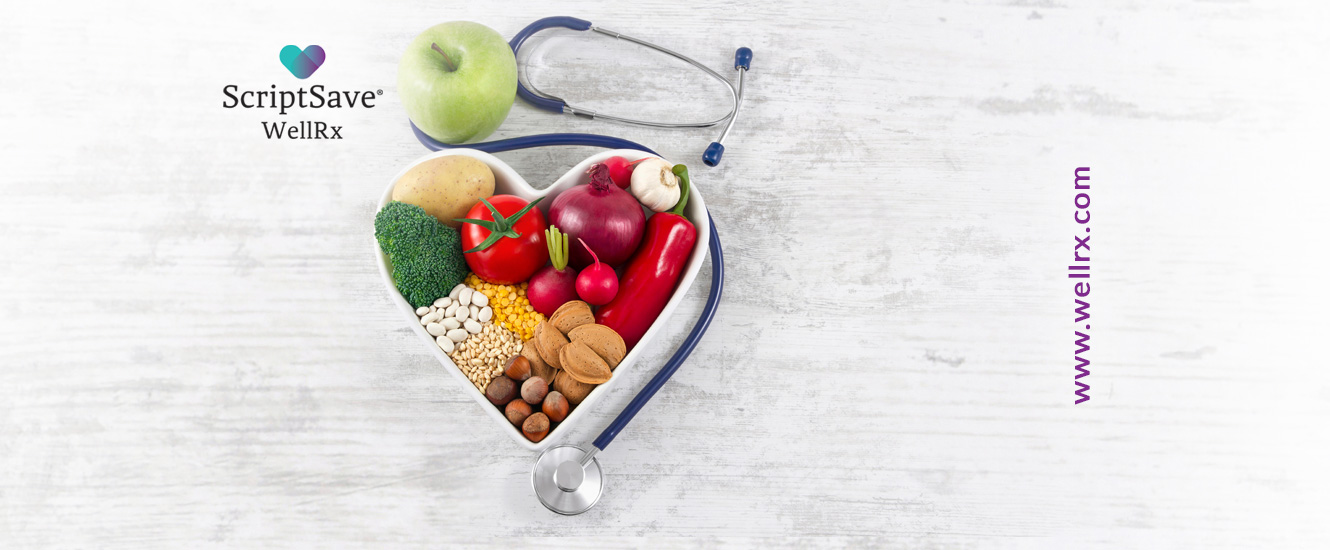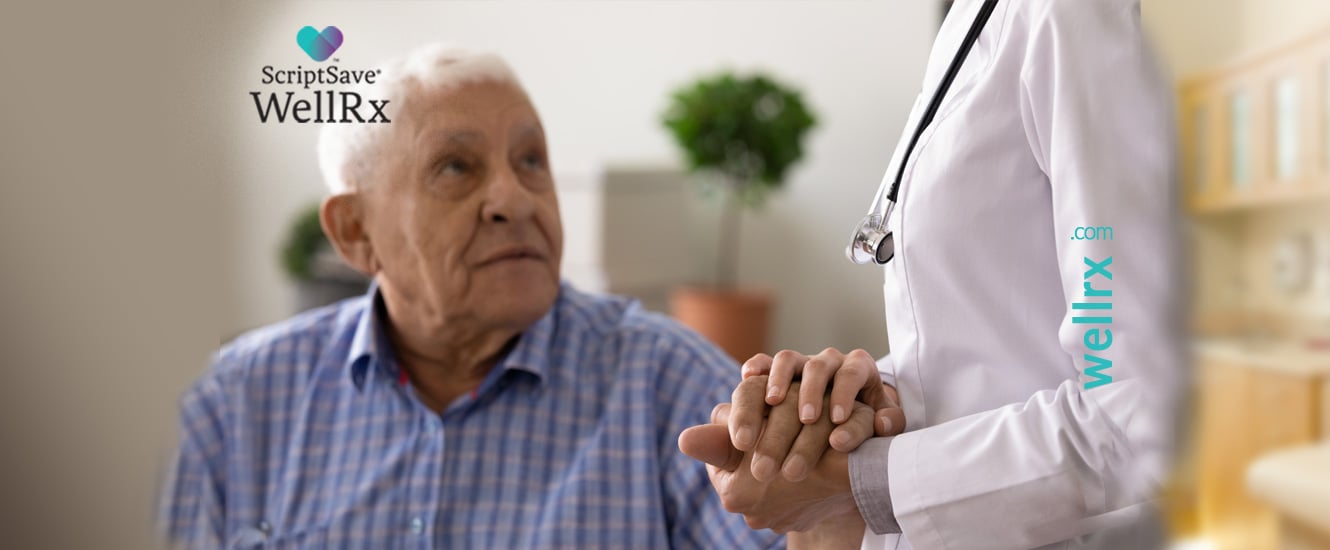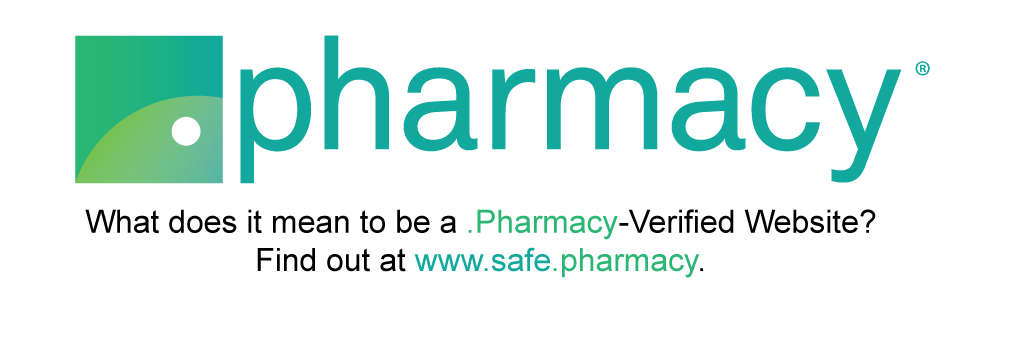We’ve all gone to the pharmacy to pick up a new medication and been counseled on interactions with other drugs. But, what about foods that might interact with the new medication?
Oral medicines are absorbed into the bloodstream through our gastrointestinal tract (GI tract). For this reason, food or drinks can sometimes interact with the absorption of the medicines we take. In some cases, food can actually help with absorption, but in other instances it can be a hinderance, and cause less of our medicine to be taken up into the bloodstream.
Some antibiotics, like amoxicillin/clavulanate extended release (Augmentin) and cefuroxime (Ceftin) are better absorbed when we take them with food. Lovastatin is another example of a medicine that has improved absorption when taken with food. In contrast, some medicines (bisphosphonates like alendronate, antibiotics like ampicillin) are absorbed less when taken with food, and should be taken on an empty stomach.
Foods That May Interact With Drugs
Below are some foods and environmental aspects that can interact with the frequently prescribed medications .
Calcium Rich Foods
When we think of calcium, we tend to think of dairy products. In addition to milk, cheese, and yogurt, calcium supplements and some antacids containing calcium can interact with some medicines. Most commonly interacting with calcium are antibiotics, like ciprofloxacin, tetracycline, and doxycycline. The calcium may bind to the antibiotics creating a substance that prevents them from being absorbed.
Grapefruit
Grapefruit and grapefruit juice an affect the metabolism of drugs through a pathway called CYP450, a metabolism pathway through the liver. The impact of grapefruit (and juice) on this can increase the effects of some drugs to a dangerous level. Furanocoumarin chemicals, compounds found in grapefruit, can interact with enzymes in the liver and small intestine. Some examples of medicines that interact with grapefruit are simvastatin, felodipine, and ticagrelor.
Vitamin K Rich Foods
Patients who are prescribed the blood thinner warfarin are likely familiar with this drug-food interaction. Anticoagulants like warfarin inhibit vitamin K, which an essential component in the process that makes clotting factors, which help prevent bleeding. A frequent misconception with this interaction is that vitamin K rich foods should be avoided; however, that is not the case. Most important is to keep a consistent intake of vitamin K in your diet, and avoid adding in new foods like kale, spinach, or other leafy greens.
Key Takeaways
Keep in mind, this is not a comprehensive list and other foods and beverages may interact with medications (alcoholic beverages, pickled, cured, and fermented foods, etc.). Always check with your pharmacist or doctor for any dietary considerations when starting a new medication. For additional help between doctor & pharmacy visits, it may be possible to turn to technology. For example, by searching for a given prescription drug on the ScriptSave WellRx website (or mobile app), a patient can click through to the “Lifestyle Interactions” tab, where upon they will see details of known dietary interactions for that drug (the example linked to here is for Atorvastatin/Lipitor, and shows details of the aforementioned MAJOR interaction with grapefruit juice).
Technology tools like ScriptSave WellRx are not just able to flag dietary/lifestyle interactions. They can also highlight potential interactions between the different medications in a patient’s personal prescription regimen. Patients are able to create a free account either on the ScriptSave WellRx website or through the mobile app and, by unlocking the free virtual Medicine Chest, they are able to load details of their own medication to a secure account. The medicine chest is then able to flag not just the known food/dietary interactions with the patient’s own specific drug list, but also potential interactions between the different prescription medications themselves.
References:
- Gilchrist, Allison. 5 Dangerous Food-Drug Interactions. Pharmacy Times. September 17, 2015. https://www.pharmacytimes.com/news/5-dangerous-food-drug-interactions. Accessed November 25, 2019.
- Technician Tutorial, Drug Interactions 101. Pharmacist’s Letter/Pharmacy Technician’s Letter. October 2016.
- Avoid Food-Drug Interactions: A Guide from the National Consumers League and U.S. Food and Drug Administration. April 4, 2017. https://www.fda.gov/downloads/Drugs/ResourcesForYou/Consumers/BuyingUsingMedicineSafely/EnsuringSafeUseofMedicine/GeneralUseofMedicine/UCM229033.pdf. Accessed November 25, 2019.
- Bushra, R., Aslam, N., & Khan, A. Y. (2011). Food-drug interactions. Oman medical journal, 26(2), 77–83. doi:10.5001/omj.2011.21













 Store & manage your medication list
Store & manage your medication list Medication pricing updates
Medication pricing updates Pill & refill reminders
Pill & refill reminders Medication journal & mood log
Medication journal & mood log